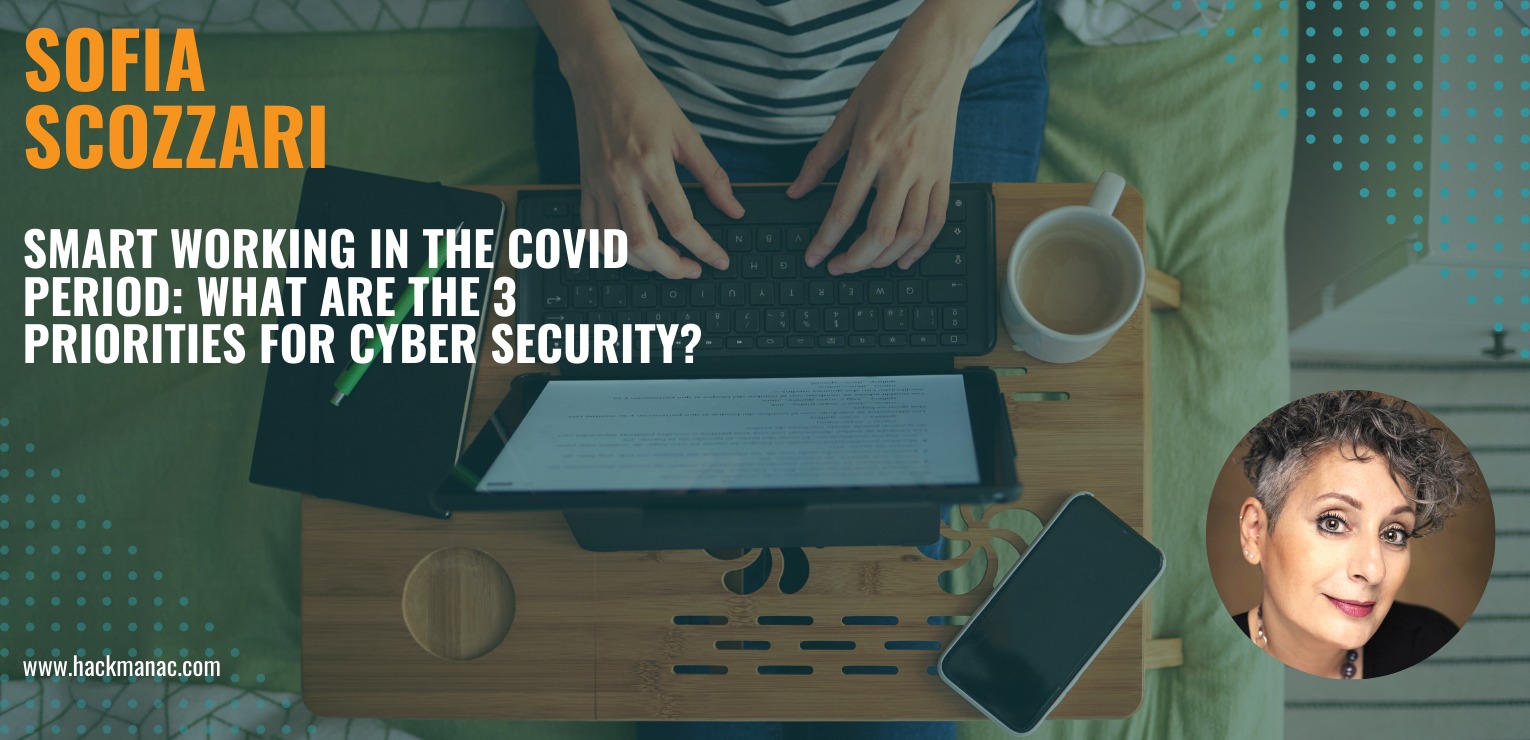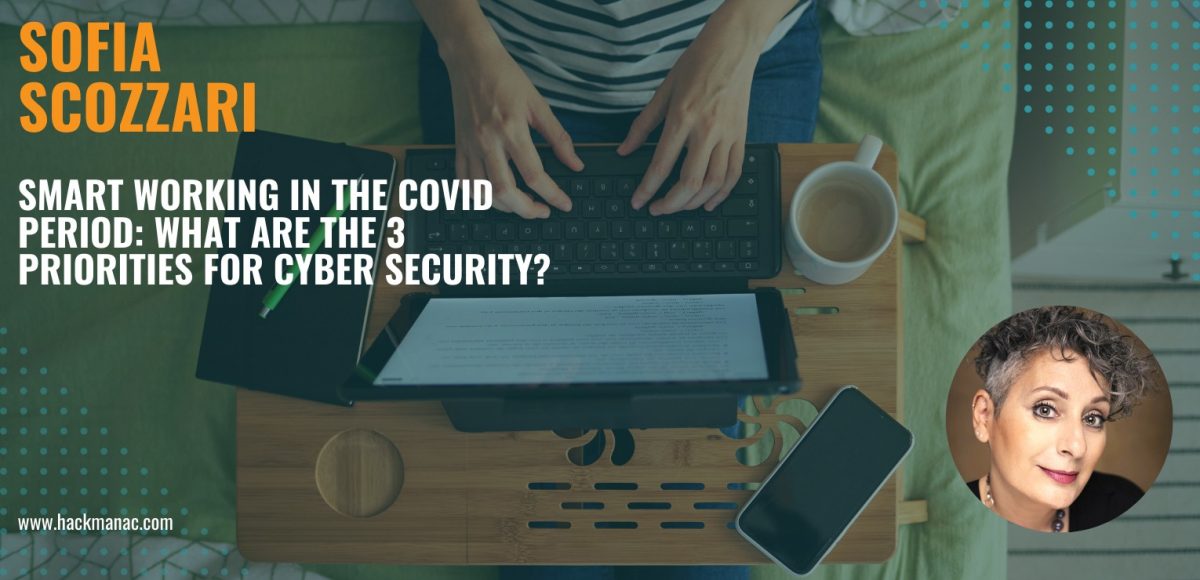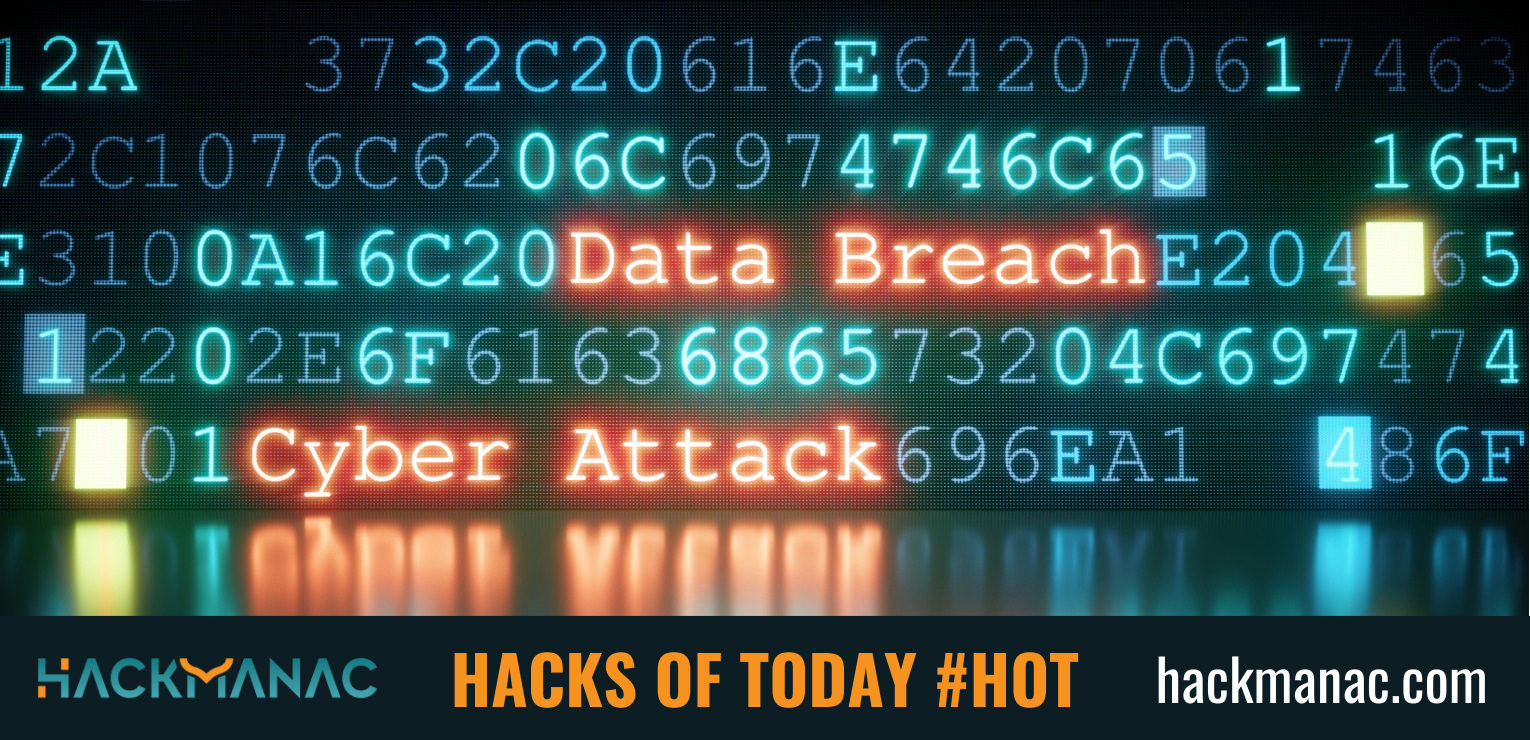news

The Coronavirus emergency is slowly coming back, but it has profoundly changed the paradigms of the IT world, in particular in relation to smart working.
Cyber Security is facing important and in some ways unprecedented challenges.
What are the three priorities for IT security in the new normal and in smart working?
The Coronavirus emergency and in particular the long “lockdown” period have had the side effect of spreading the practice of smart-working, adopted out of necessity and in a very short time – often without adequate preparation -.
Despite the immediate advantages, working remotely, often with personal tools and in the absence of an IT infrastructure and appropriate security practices, can give rise to critical issues and risks that must be understood in order to be able to mitigate them.
In particular, there are three priorities to consider regarding the Cyber Security aspects.
- Attention to privacy and confidentiality
Since the Covid emergency is finally coming back, it is again possible to work in “smart” mode even from public places, business centers and co-working stations.
However, this exposes us to greater privacy and confidentiality risks than working in the office.
In fact, it is important to remember to protect the confidentiality of the information and documents you are working on in any context, avoiding telephone calls and conference calls in crowded places and making use of encrypted channels when possible.
It is also good to avoid the use of free Wifi networks – unless they use the WPA2 security protocol -, avoiding connecting to open – unsecured – networks, and blocking webcams and microphones when not in use.
- Check the security of devices and connections
The security of devices and connections is a fundamental aspect for working safely, and it cannot be forgotten especially if you work from home or remotely, or in a less controlled and protected environment than an office.
The installation of antivirus systems – always up to date! – and the constant, immediate “patching” of operating systems and applications – as soon as updates are available – must also have priority over personal tools, if they are used in a hybrid way.
It is important to check the security of the protocols – for example, always prefer HTTPS connections – when accessing business sites, during online purchases and when using any remote corporate resource.
In addition, when possible, it is good to use two-factor authentication – 2FA – for access to sites and applications.
Passwords must be strong, sufficiently complex and above all different for each application and service: in this regard, “password managers” can be an excellent management tool, being able to generate unique passwords and remember them for the user, keeping them in safe way.
Whenever possible, other solutions should also be used to transparently raise the security levels of our connections: VPN – Virtual Private Networks -, software for blocking advertisements and potentially harmful elements – AD Blockers – and the use of DNS servers – Domain Name Systems – secure – using the DNSCrypt protocol and setting encrypted DNS server addresses – are absolutely recommended.
- Be aware of risks and threats
Malware, phishing, ransomware and online fraud are now well-known threats, but increasingly widespread and current.
The universal advice always applies to never open suspicious documents and links, using only a “sandbox” system for any checks, without risking damaging company systems or losing data.
Remember to download apps and programs only from trusted sources and official stores, contacting the system administrator in case of any doubt.
Illegal websites – for example video streaming, pirated software downloads, etc. – represent an additional serious risk of ransomware and malware infection and should absolutely be avoided.
Cyber threats can also be conveyed through Social Media, so it is important not to share too many details about your work or information about your customers, current activities, etc. on Social accounts.
It is also advisable to always verify that a colleague’s connection request is real, and not made by an attacker.
Finally, it is important to back up regularly with company-approved solutions and external storage that are not permanently connected to the workstation – in the event of ransomware, this could save data.
Latest news
HACKS OF TODAY 13-14-15/04/2024
Today's HOT includes 24 ransomware victims by the notorious Hunters International, LockBit 3.0, Daixin, Medusa, ThreeAM, Black Suit, DragonForce, 8Base, Akira and DarkVault gangs. The average Cyber...
Read MoreHACKS OF TODAY 03-04/04/2024
Today's HOT includes 25 ransomware victims by the notorious Rhysida, Ra World, 8Base, INC Ransom, Hunters International, Medusa, Qilin, Black Suit, Cactus and Kill Security gangs. The...
Read MoreHACKS OF TODAY 26-27-28-29-30-31/03/2024
Today's HOT includes 88 ransomware victims by the notorious Medusa, Rhysida, Play, Qilin, LockBit 3.0, DragonForce, Akira, Hunters International, Ransom Hub, Everest, BianLian, INC Ransom, BlackBasta,...
Read More
